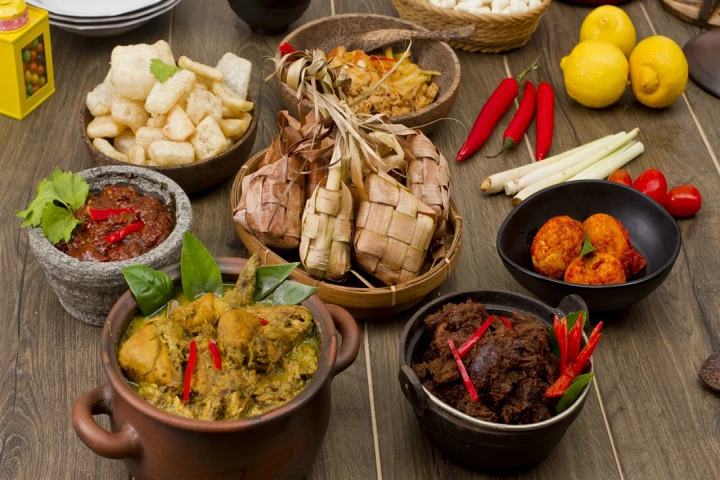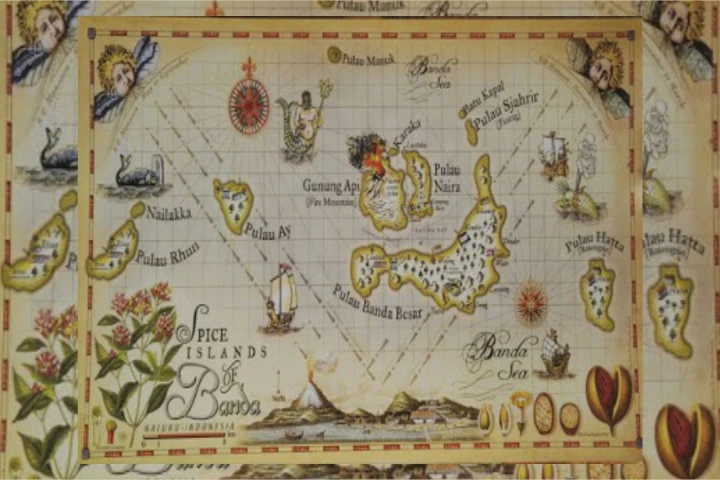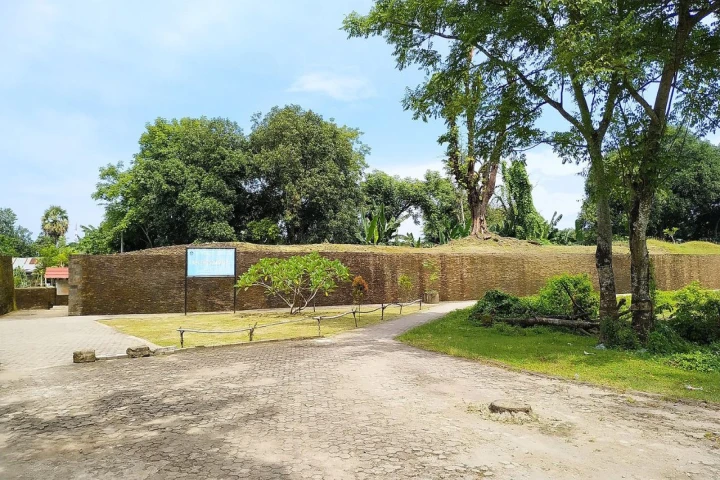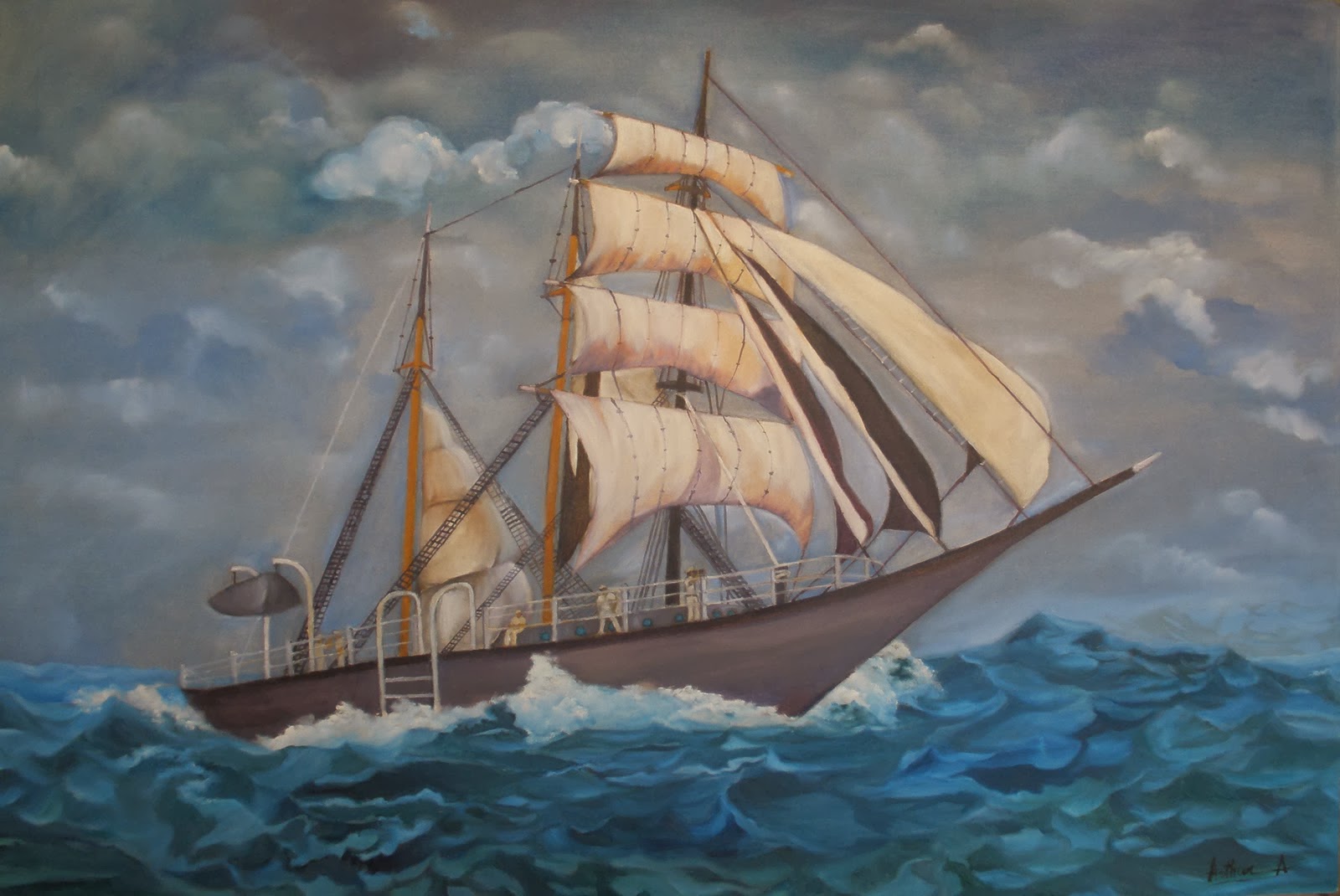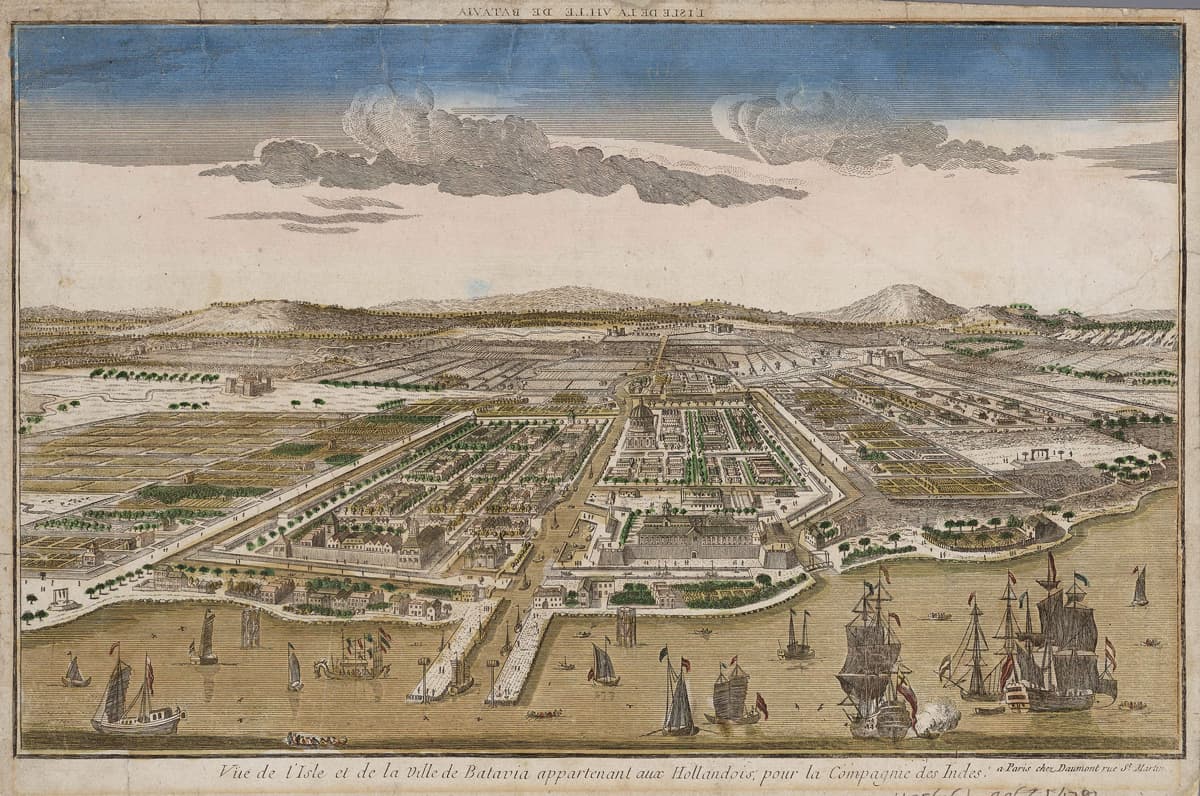
Like how an online marketplace works, ports connected sellers and buyers so that they could do transactions. Ports also opened a chance to some cultural encounters, similar to social media today. Sunda Kelapa and Banten Ports were the ancient online marketplace and social media.
These two ports were the biggest in the west part of Nusantara. These ports could maintain their existence in serving various needs of sailing and trading in three periods.
Sunda Kelapa and Banten stood in very strategic locations, for they were the knots of the Spice Routes’ rapid traffic. Besides, the Sunda Kingdom possessed four other ports; Pontang, Cigede, Tamgara, and Cimanuk. Through the ports, the resources produced in the hinterland were streamed globally.
As a trading city, these ports acted as a marketplace. Banten was quite confident with the rice and pepper they sold. Their market reached Sumatra’s areas and Maladewa Islands.
Meanwhile, in Sunda Kelapa, they also distributed other commodities than food supplies and pepper. As a result, the trade relation in Sunda Kelapa was broader compared to other ports. Their trades reached Palembang, Lawe, Tanjung Pura, Malacca, Makassar, Java, and Madura, while the traders came from Malacca, India, China, Arab, and Portugal.
The local trades from all over kingdoms came to this port, not in a small number. Sunda Kelapa had grown into a hustling, orderly, and neat city port. There was even a court, with the judge and clerk to adjudicate the residents’ offenses.
The Islamic traders who, at first, came to Malacca were unwilling to be in touch with the Christian Portuguese traders. So did the Portuguese traders. They preferred the Hindu to the Islam traders. As a result, many Islamic traders shifted their trade route from the Strait of Malacca toward the direction of Sunda Strait via West Java (Burger 1962:44-5).
At the macro-level, in the international trade network, Sunda Kelapa could be considered the upstream industry for the pepper distribution overseas. At the micro-level, the liveliness of the trades in the port reflects its role as the downstream industry which distributed the hinterland’s products.
Based on the collected information about Sunda Kelapa and Banten, in the beginning, around the 9th until 15th centuries, these two places were parts of the Sundanese Kingdom with a Hindu pattern. Therefore, it played a significant role in economics, for it became the local, interlocal, and international central trade. After that, however, Banten became the second biggest port after Sunda Kelapa (Chijs 1881:4).
Entering the Islamic period, especially after the Muslim rulers defeated Banten Girang, a transfer of power occurred between the two places. As a result, the role of Sunda Kelapa as a port faded, and eventually, it merely became a part of the Banten Sultanate.
The moving of the central government from Banten Girang to the seashore became a reason for Banten to develop and surpass Sunda Kelapa. They rapidly developed the Port of Banten on the coast, which functioned as the political and economic center. Numerous traders came to conduct transactions for various commodities. Studies said that international traders filled the marketplace, including Arabic, Abyssinian, Dutch, Chinese, Danish, Gujarati, English, French, Persian, and Turkish. (Leur 1955:3-8); Roelofsz 1962:235:235).
Dagh-Register 1631-1634 stated that many ships headed to Banten brought water supplies from other ports, especially Batavia (Colenbrander 1898:18). Further, the abundant food supplies like fruits and vegetables and arrack traded by Chinese traders became the magnetism for Jayakarta, especially for the ships that intended to trade in Maluku, the spice warehouse visited by many merchants (Hanna 1988:3).
These two ports possessed stories under the Sundanese Kingdom, Banten, and the Dutch Colonial. In her study, Heriyanti Ongkodharma compared the development of these two ports from time to time. In the Hindu period, Sunda Kelapa performed better than the Port of Banten; in the Islam period, Banten outperformed Sunda Kelapa; in the colonial era, the Dutch focused on developing Sunda Kelapa.
The strong political will became a determinant of both ports’ performances. Besides, the closer the ports to the central government, the more benefits they got to develop the ports; Sunda Kelapa and Banten were no exception.
Sources:
Burger. D.H. 1962. Sejarah Ekonomis Sosiologis Indonesia. (Jakarta: Penerbit Pradjnaparamita)
Chijs. J.A. van Der. 1881. “Oud Bantam”, Tijdschrift voor Indische Taal-,Land-en Volkenkunde Vol. 26, h. 1-62.
Colenbrander, H.T. 1898. Dagh-Register Gehouden int Casteel Batavia Anno 1631-1634. (s.-Gravenhage: Martinus Nijhoff)
Hanna. A. Willard. 1988. Hikayat Jakarta. (Jakarta: Yayasan Obor Indonesia)
Leur, J.C. Van. 1955. Indonesian Trade and Society: Essays in Asian Social and Economic History. (Bandung: W. Van Hoeve Ltd.)
Roelofsz, M. 1962. Asian Trade and European Influence in the Indonesia Archipelago between 1500 and about 1630. (The Hague: Martinus Nijhoff).
Text: Endi Aulia Garadian
Editor: Tiya Septiawati
Translator: Dhiani Probhosiwi



